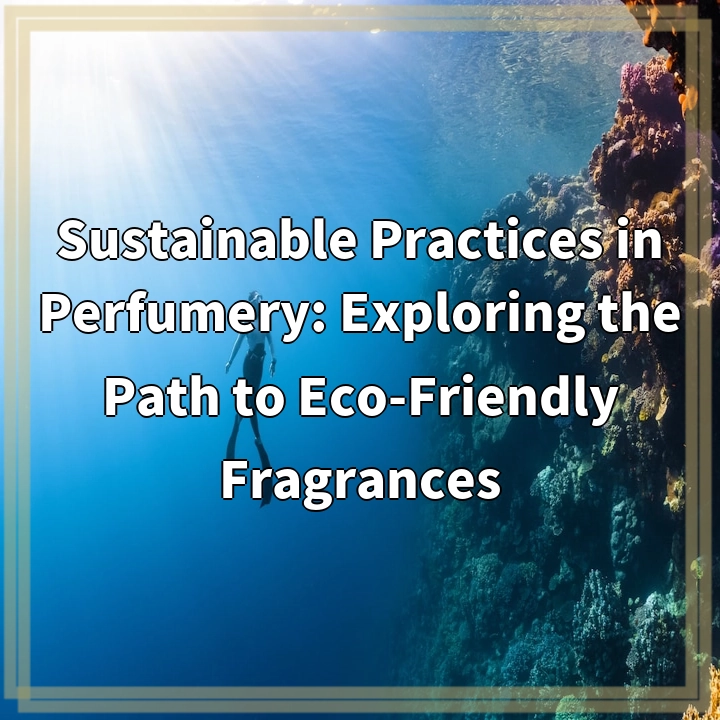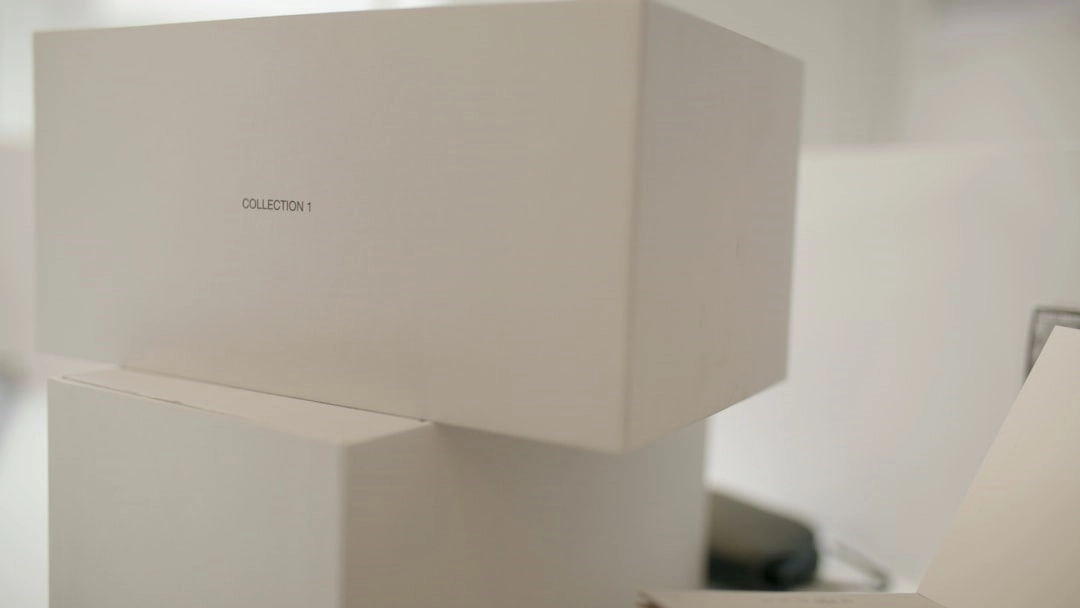
What is Sustainable Practices in Perfumery?
Sustainable practices in perfumery refer to the efforts made by the fragrance industry to minimize its environmental impact and promote responsible sourcing, production, and distribution of perfumes. It involves adopting environmentally friendly practices throughout the entire lifecycle of a fragrance, from sourcing raw materials to packaging and waste disposal.
Real-World Problems Associated with Sustainable Practices in Perfumery
1. Unsustainable Sourcing of Raw Materials
The fragrance industry heavily relies on natural ingredients such as flowers, herbs, and fruits for creating signature scents. However, the extraction of these raw materials can put a strain on ecosystems and local communities. Over-harvesting, habitat destruction, and exploitation of vulnerable plant species are common issues that need to be addressed.
2. Chemical Pollution
The production of synthetic fragrances often involves the use of harmful chemicals that can lead to pollution of air, water, and soil. From the manufacturing process to the disposal of packaging materials, the release of toxic substances can have long-term negative effects on both human health and the environment.
3. Packaging Waste and Single-Use Products
The fragrance industry has been notorious for its excessive packaging, often leading to substantial waste generation. Single-use perfume bottles and unnecessary layers of packaging not only contribute to the global waste problem but also require significant energy and resources to produce.
4. Lack of Transparency and Greenwashing
Consumers are increasingly demanding more transparency from companies about the sustainability of their products. However, the fragrance industry has been criticized for greenwashing – making false or exaggerated claims about the environmental friendliness of their perfumes. This lack of transparency makes it difficult for consumers to make informed choices and support genuinely sustainable brands.
5. Limited Consumer Awareness
Despite the growing interest in sustainability, many consumers remain unaware of the environmental impact of their fragrance choices. The lack of information and education makes it challenging for individuals to make conscious and eco-friendly purchasing decisions.
6. Innovative Solutions and Progress
Despite these challenges, the fragrance industry is increasingly embracing sustainable practices. From sourcing rare ingredients responsibly to using eco-friendly packaging materials and investing in research for greener alternatives, there is a growing commitment to reducing the environmental footprint of perfumes. Collaboration between fragrance companies, scientists, and conservation organizations is driving progress and fostering innovation in sustainable perfumery.

Potential Solutions for Sustainable Practices in Perfumery
1. Ethical Sourcing of Raw Materials
Perfumery companies can establish partnerships with local communities and engage in sustainable sourcing practices. This includes promoting fair trade, supporting the cultivation of endangered plants, and implementing responsible harvesting methods. By prioritizing ethical sourcing, the industry can protect biodiversity and support the livelihoods of local communities.
2. Embracing Green Chemistry
Developing and utilizing greener and safer synthetic ingredients can help reduce the environmental impact of fragrance production. By applying the principles of green chemistry, such as using renewable resources, minimizing waste, and avoiding toxic chemicals, perfumers can create more sustainable fragrances without compromising on quality or performance.
3. Sustainable Packaging Solutions
Fragrance companies can shift towards more sustainable packaging options. This includes using recycled or biodegradable materials, reducing excessive packaging, and exploring innovative designs that optimize resource use and minimize waste. Additionally, promoting refillable perfume bottles can help reduce single-use packaging and encourage a circular economy.
4. Transparent Labeling and Certifications
To build trust and assist consumers in making informed choices, clear and transparent labeling is necessary. Companies should provide accurate information about the sourcing, production processes, and environmental impact of their perfumes. Independent certifications, such as those for organic or cruelty-free products, can further assure consumers of a fragrance’s sustainability credentials.
5. Educating Consumers
Raising awareness among consumers about the environmental impact of perfumes is crucial. Companies can play a role in educating their customers by sharing information through marketing campaigns, social media, and product labels. Additionally, collaboration with NGOs and sustainable fragrance advocates can further amplify consumer education and drive demand for eco-friendly fragrances.
6. Continued Research and Innovation
The fragrance industry should continue investing in research and development to find new sustainable alternatives for raw materials and production methods. Embracing innovation, such as biotechnology and natural ingredient replacememnt, can help reduce the environmental footprint of perfumes while maintaining olfactory quality and creativity.
By implementing these solutions, the fragrance industry can move toward a more sustainable and eco-friendly future, mitigating the negative environmental impacts associated with perfumery.















